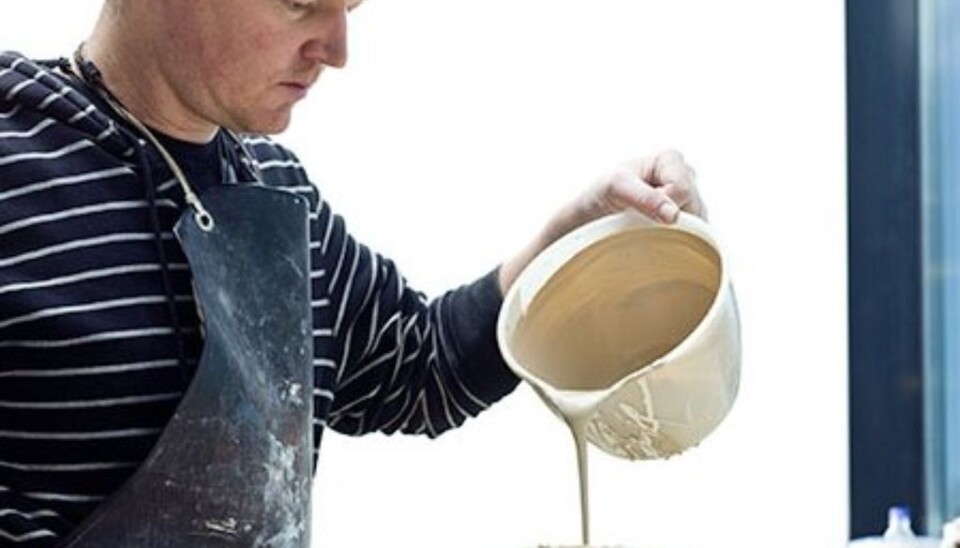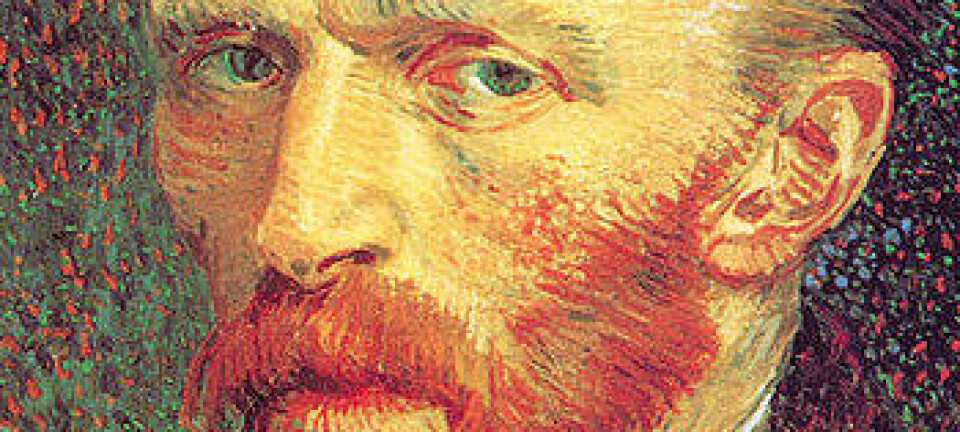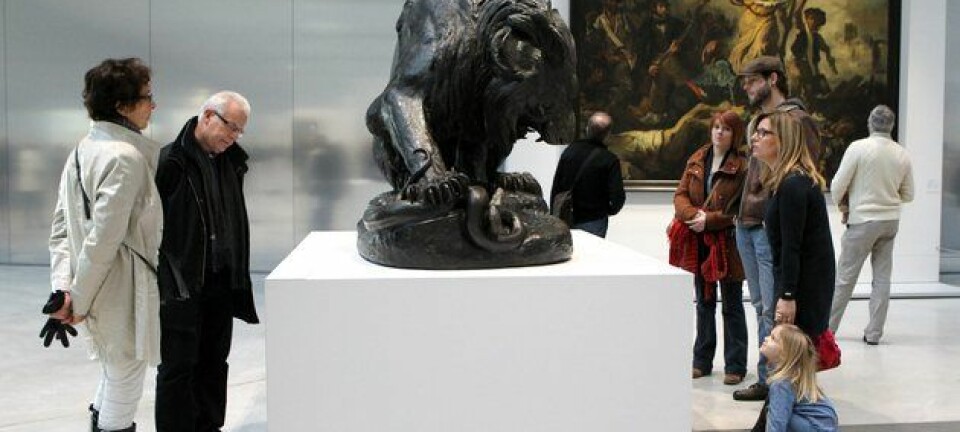This article was produced and financed by Oslo Metropolitan University

Humanities research contributes to artistic creation
Art may not only be an object or an expression in itself, but rather part of a discussion of a sensitive issue and an expression of a collective experience.
Art can help people put their feelings into words and move beyond situations which may otherwise seem hopeless. At the same time, people who have had painful experiences could have a major bearing on how art is created.
Viewed in this way, art may not only be an object or an expression in itself, but rather part of a discussion of a sensitive issue and an expression of a collective experience.
Researcher Arild Berg recently completed his doctoral thesis on the use of ceramic tiles and pictures that were made as the result of situations and discussions with others.
Using examples from a church, a hospital, and a school, he shows how participatory methods from humanities research can contribute to artistic creation.
Ceramics as relational art
"In the course of a few decades, ceramics has evolved from being an industry to being an art and a craft. This has opened up new rules and norms," says Berg, who works at the Department of Product Design at Oslo and Akershus University College of Applied Sciences (HiOA). He submitted his thesis at the Aalto University in Helsinki.
"This new focus has also opened up new opportunities for using methods borrowed from design. This is manifested by letting artistic ideas evolve through the participation of participants and stakeholders in a given situation," says Berg. He believes that this has led to a stronger focus on human relationships where art is placed in a social context.
Using discussions about situations as an approach
"As a ceramic artist and designer, my training has been one where teachers have recommended and referred to discussions about situations as a professional approach," says Berg.
"Allowing others to join in and participate on the basis of their competence may result in a better solution for what you are trying to create."
The involvement of participants was particularly relevant when Berg was commissioned to design a chapel of rest where relatives could bid their last farewells to the deceased before the ceremony began in the main room of the church.
A priest, an architect, and a parish representative took part in a meeting to decide the design of the chapel.
"Each of them represented different interests and areas of competence. Through interviews, conversations, and active use of drawings and sketches, the result that gradually emerged was different, more participatory," says Berg.
"I also hope the result was more engaging that it would have been if only one of them had been asked for ideas."
Ceramics as a gateway to therapy
Another project Berg undertook involved decorating a corridor in the psychiatric unit of a hospital. The unit provides acute care for patients undergoing observation and examination prior to diagnosis and therapy.
"The question was whether ceramic tiles or pictures could be designed and given themes that could serve as a gateway to therapy," says Berg.
He envisioned a scenario where a nurse and a patient might walk along the corridor and the nurse might stop, more or less by chance, by the pictures. The sight of the pictures might spark a spontaneous conversation, which could in turn stimulate further dialogue with the patient.
The challenge at a lower secondary school was to create something that could help soften up an outdoor environment which seemed hard and sterile yet which was also considered robust and solid. The solution was found in bench seating made of concrete and decorated with tiles on the sides. Here, too, the final solution was reached by involving pupils and staff throughout the process.
------------
Read the Norwegian version of this article at forskning.no


































